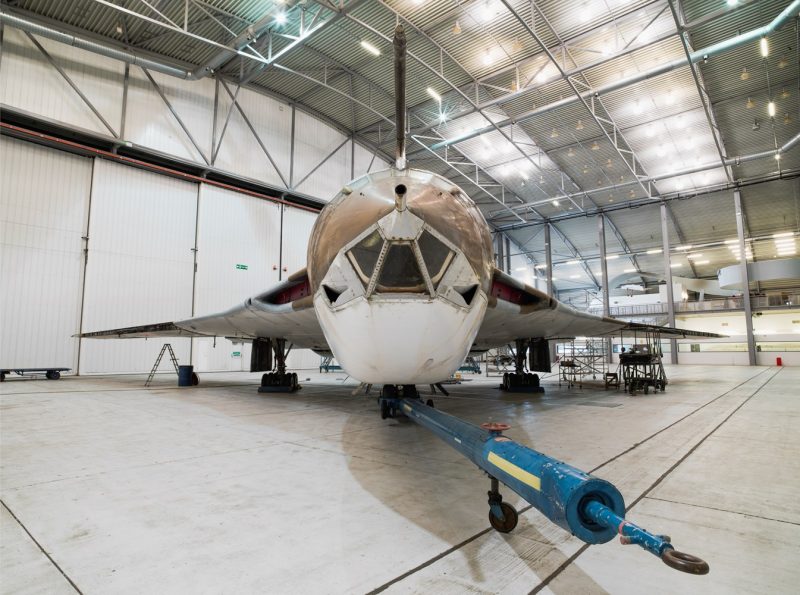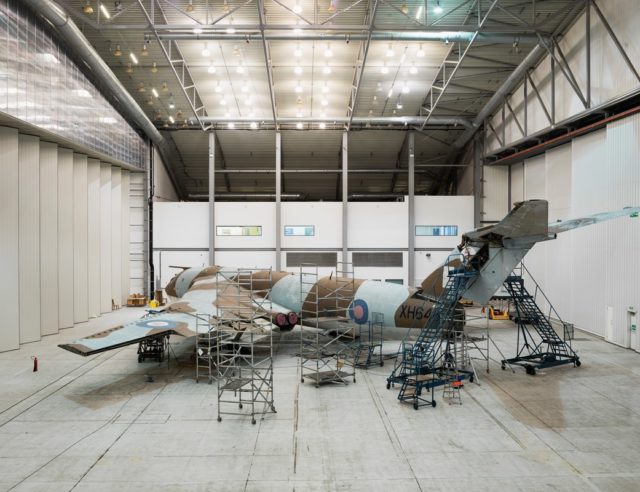Find out how YOU can help our campaign to conserve the Victor
Imperial War Museums has launched a Just Giving campaign to conserve the Handley Page Victor XH648; the only aircraft of its type in the world.
Based at IWM Duxford, the Handley Page Victor XH648 is undergoing conservation so that future generations can continue to experience the Victor and the story it tells about Cold War conflict.
Chris Knapp, Section Head, Industrial and Large Object Conservation, Imperial War Museums said:
“The Victor is a significant aircraft from the Cold War period and has been a mainstay of many RAF operations both in its V Bomber role and in the air-to-air refueling role from the early 1950s until its retirement in 1993. Victors made possible the extreme long-range bombing missions carried out by Avro Vulcan bombers during the Falklands conflict in 1982, at the time the longest bombing raid in history and still the longest in the history of the RAF. It is fair to say that the aircraft has found a place in the hearts of many of the thousands of ground crew and aircrew that worked on or flew in the type during their military careers.”
The Handley Page Victor XH648 is a large and important object in IWM’s collection. However, it is one of many objects that need attention and work and it is estimated that the conservation work will take between three and five years to complete.
Conserving the Victor for future generations cannot take place without the assistance of a public appeal. In order to fully conserve the Victor, we need to raise a total of £450,000. To donate to conserve the Victor go to http://campaign.justgiving.com/charity/iwm/victor
Less than 40 per cent of IWM’s income comes from the government. This funding has been decreasing at a rate of 5% per annum since 2010 and reductions are likely to continue in the coming years. At the same time, raising income from the private sector has become more challenging.
The IWM collection comprises the exceptional and the everyday, the beautiful and the apparently ordinary. It includes art, artefacts, archives, photography, film, books and sound recordings. All of these items need to be taken care of, through appropriate conservation, storage and display conditions so that future generations can continue to enjoy and learn from the stories they tell.

